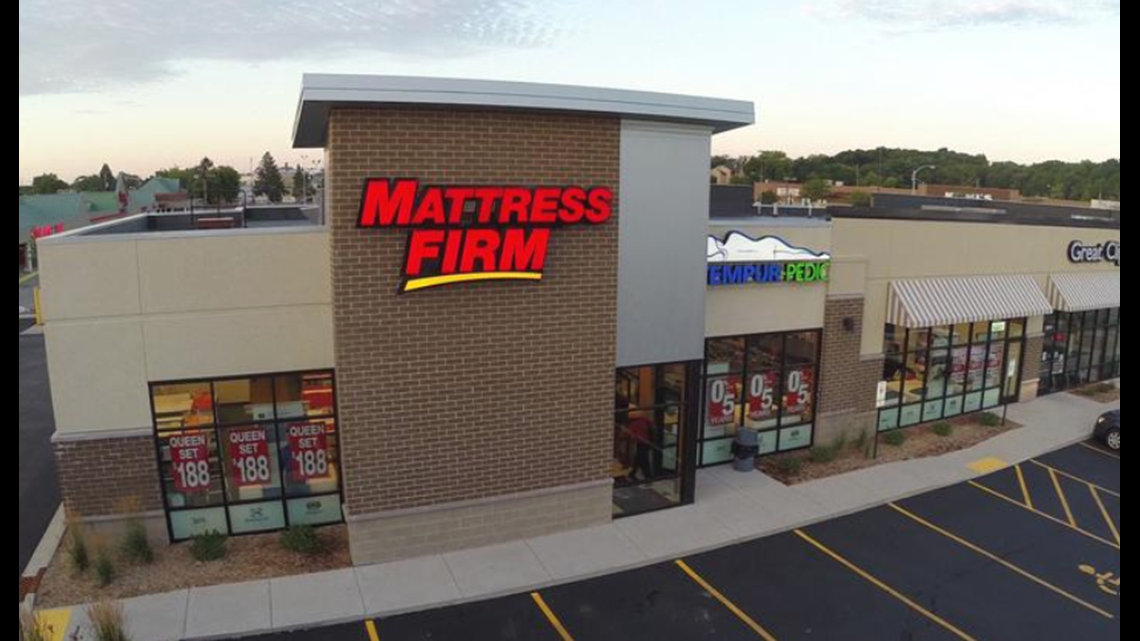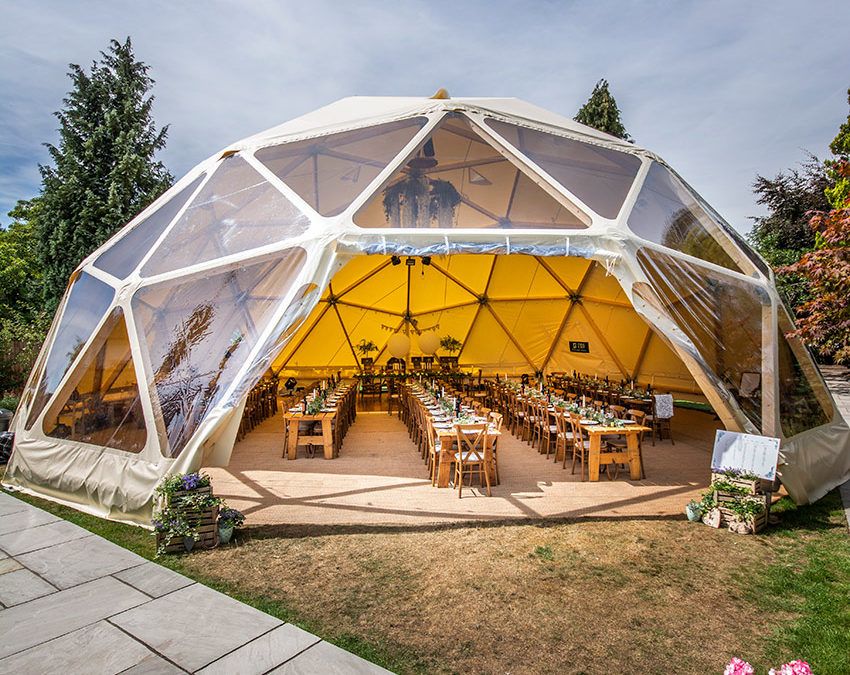If you're considering purchasing a heated mattress pad, one of the most important things to consider is its power consumption. After all, not only do you want to stay warm and cozy during the colder months, but you also want to keep your energy bills in check. So, just how much electricity does a heated mattress pad use? And are there ways to reduce its power consumption? This article will answer these questions and more, so you can make an informed decision when it comes to choosing the right heated mattress pad for your needs.Heated Mattress Pad Power Consumption: What You Need to Know
The amount of electricity a heated mattress pad uses depends on several factors, including its size, heating level, and duration of use. On average, a queen-sized heated mattress pad that is used for 8 hours per night can consume anywhere from 50-100 watts of power. This is comparable to a standard light bulb, making heated mattress pads relatively energy-efficient. However, if you use a higher heating level or leave it on for longer periods, the power consumption will increase.How Much Electricity Does a Heated Mattress Pad Use?
If you're looking for a heated mattress pad with low power consumption, there are a few things to keep in mind while shopping. Look for models with built-in timers and thermostats, which allow you to set a specific time and temperature for the pad to turn on and off. This not only helps reduce energy usage but also ensures you're not overheating while you sleep. You can also opt for a pad with a lower wattage or one that has an energy-saving mode. Additionally, look for products that are certified by Energy Star, which indicates they meet strict energy efficiency guidelines.Energy-Efficient Heated Mattress Pads: A Buyer's Guide
To determine the cost of running a heated mattress pad, you'll need to know the wattage and the cost of electricity in your area. For example, if you have a 100-watt heated mattress pad and your electricity rate is $0.12 per kilowatt-hour (kWh), you'll be paying $0.012 per hour to run the pad. So, if you use it for 8 hours per night, the cost per night would be $0.096. This may not seem like much, but it can add up over time, especially during the winter months.Calculating the Cost of Running a Heated Mattress Pad
If you're concerned about the power consumption of your heated mattress pad, there are a few things you can do to reduce it. As mentioned earlier, setting a timer and using a lower heating level can significantly decrease energy usage. You can also use the heated mattress pad in conjunction with a thicker blanket or comforter, so you don't need to use it at a high temperature. And of course, turning it off when you're not using it is always a good practice.Tips for Reducing Power Consumption with a Heated Mattress Pad
When shopping for a heated mattress pad, it's essential to compare the power consumption of different models to find the most energy-efficient option. Look for products with a lower wattage and those that have energy-saving features. You can also read customer reviews to see if anyone has mentioned the power consumption of the pad. Additionally, check the product's energy usage information provided by the manufacturer to get a better idea of how much electricity it will use.Comparing the Power Consumption of Different Heated Mattress Pads
As mentioned earlier, heated mattress pads are relatively energy-efficient, especially compared to other heating options like space heaters. However, it's still essential to understand their energy usage to avoid any surprises on your energy bill. If you're concerned about your carbon footprint, look for eco-friendly heated mattress pads that use renewable energy sources or have a low impact on the environment. These options may cost more upfront, but they can save you money and reduce your environmental impact in the long run.Understanding the Energy Usage of Heated Mattress Pads
If you're looking for a sustainable option for your heated mattress pad, there are several eco-friendly options available. Some pads are made with organic materials, such as cotton or wool, and use low-voltage technology to reduce energy consumption. Others may use renewable energy sources, like solar power, to generate heat. These options may come at a higher cost, but they can provide long-term savings and align with your eco-conscious values.Eco-Friendly Heated Mattress Pads: A Sustainable Option
When shopping for a heated mattress pad, look for models with energy-saving features, such as built-in timers and thermostats, low wattage, and certifications from Energy Star. You can also look for products with a lower heating level, use in conjunction with thicker blankets, and turn off when not in use. Additionally, consider investing in an eco-friendly option if sustainability is a priority for you.How to Choose a Heated Mattress Pad with Low Power Consumption
To maximize energy efficiency with your heated mattress pad, use it in combination with other heating sources, such as a warm blanket or comforter, and set a timer to avoid leaving it on for extended periods. You can also keep your bedroom temperature at a comfortable level to reduce the need for high heating levels. And of course, always turn off the pad when you're not using it. By following these tips, you can enjoy the warmth and comfort of a heated mattress pad while keeping your energy bills in check.Maximizing Energy Efficiency with a Heated Mattress Pad
The Benefits of Using a Heated Mattress Pad for Power Consumption
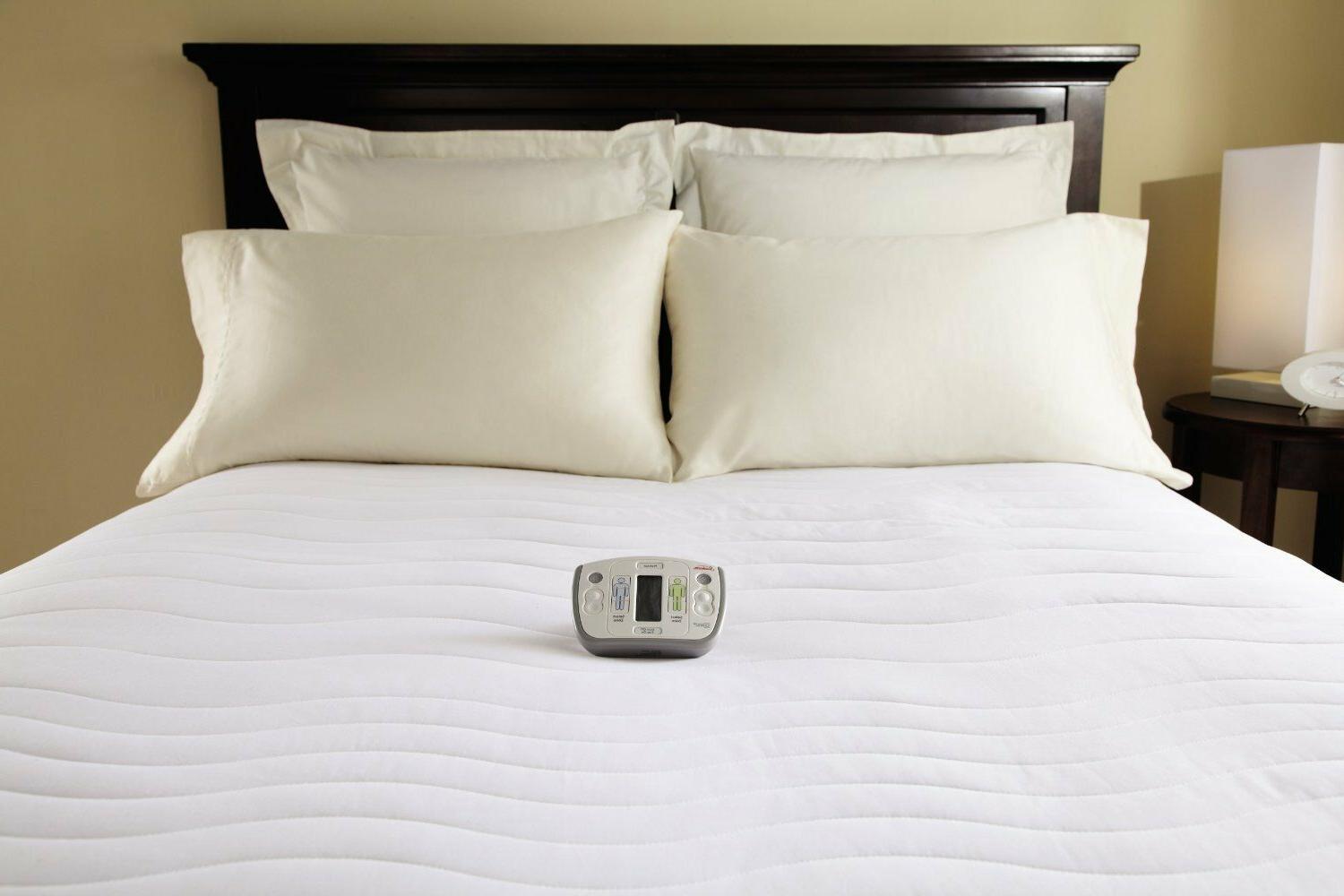
Efficiently Warm and Comfortable Sleeping Experience
 When it comes to keeping our homes warm during the colder months, many of us turn to the use of electric heating systems. However, these systems can consume a significant amount of energy, resulting in high electricity bills. This is where a heated mattress pad comes in. By using a
heated mattress pad
, you can efficiently warm your bed and yourself without having to blast the heat in your entire room, resulting in
lower power consumption
.
When it comes to keeping our homes warm during the colder months, many of us turn to the use of electric heating systems. However, these systems can consume a significant amount of energy, resulting in high electricity bills. This is where a heated mattress pad comes in. By using a
heated mattress pad
, you can efficiently warm your bed and yourself without having to blast the heat in your entire room, resulting in
lower power consumption
.
Customizable Heat Settings
:max_bytes(150000):strip_icc()/bhg-heated-mattress-pads-test-reaks-queen-size-zoned-electric-amazon-hwortock-326-55e248c34a144ad7a62d78f5c320275a.jpg) One of the main benefits of a heated mattress pad is its
customizable heat settings
. This means that you can choose the level of warmth you desire, unlike traditional heating systems where you have to settle for a single temperature. This allows you to save energy by only using the amount of heat you need, rather than heating up an entire room. Additionally, some heated mattress pads have dual heat zones, allowing you and your partner to set different heat levels for each side of the bed.
One of the main benefits of a heated mattress pad is its
customizable heat settings
. This means that you can choose the level of warmth you desire, unlike traditional heating systems where you have to settle for a single temperature. This allows you to save energy by only using the amount of heat you need, rather than heating up an entire room. Additionally, some heated mattress pads have dual heat zones, allowing you and your partner to set different heat levels for each side of the bed.
Energy-Saving Features
 Many heated mattress pads also come with energy-saving features such as automatic shut-off. This means that the mattress pad will automatically turn off after a certain amount of time, preventing it from using unnecessary energy. Some models also have timers, allowing you to set a specific time for the pad to turn on and off. These features not only save energy but also give you peace of mind, knowing that your heated mattress pad is not using power when it's not needed.
Many heated mattress pads also come with energy-saving features such as automatic shut-off. This means that the mattress pad will automatically turn off after a certain amount of time, preventing it from using unnecessary energy. Some models also have timers, allowing you to set a specific time for the pad to turn on and off. These features not only save energy but also give you peace of mind, knowing that your heated mattress pad is not using power when it's not needed.
Long-Term Savings
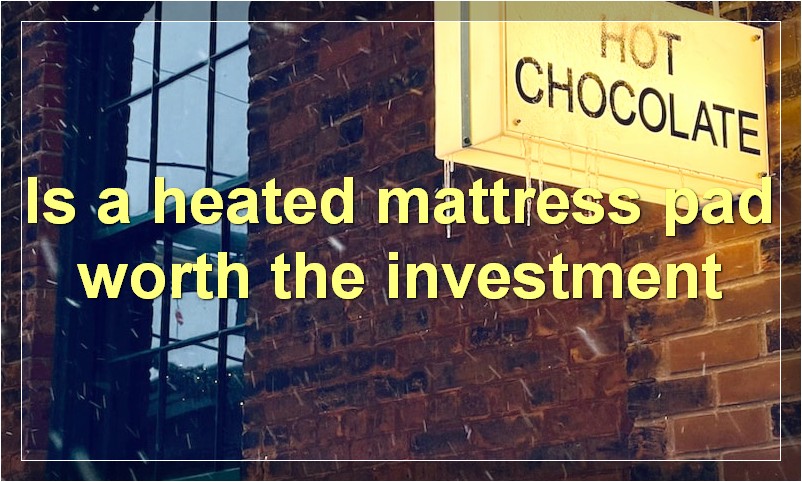 Investing in a heated mattress pad may seem like an extra expense, but in the long run, it can actually save you money on your electricity bill. By using a heated mattress pad, you can turn down your thermostat at night and still stay warm, resulting in
lower power consumption
and ultimately, lower electricity bills.
In conclusion, a
heated mattress pad
is a great addition to any home, offering a more efficient and customizable way to stay warm while also saving energy and money. Its energy-saving features and long-term cost-effectiveness make it a smart choice for those looking to reduce their power consumption without compromising on comfort. So, if you want to keep warm and cozy during the colder months while also being environmentally conscious, consider investing in a heated mattress pad.
Investing in a heated mattress pad may seem like an extra expense, but in the long run, it can actually save you money on your electricity bill. By using a heated mattress pad, you can turn down your thermostat at night and still stay warm, resulting in
lower power consumption
and ultimately, lower electricity bills.
In conclusion, a
heated mattress pad
is a great addition to any home, offering a more efficient and customizable way to stay warm while also saving energy and money. Its energy-saving features and long-term cost-effectiveness make it a smart choice for those looking to reduce their power consumption without compromising on comfort. So, if you want to keep warm and cozy during the colder months while also being environmentally conscious, consider investing in a heated mattress pad.
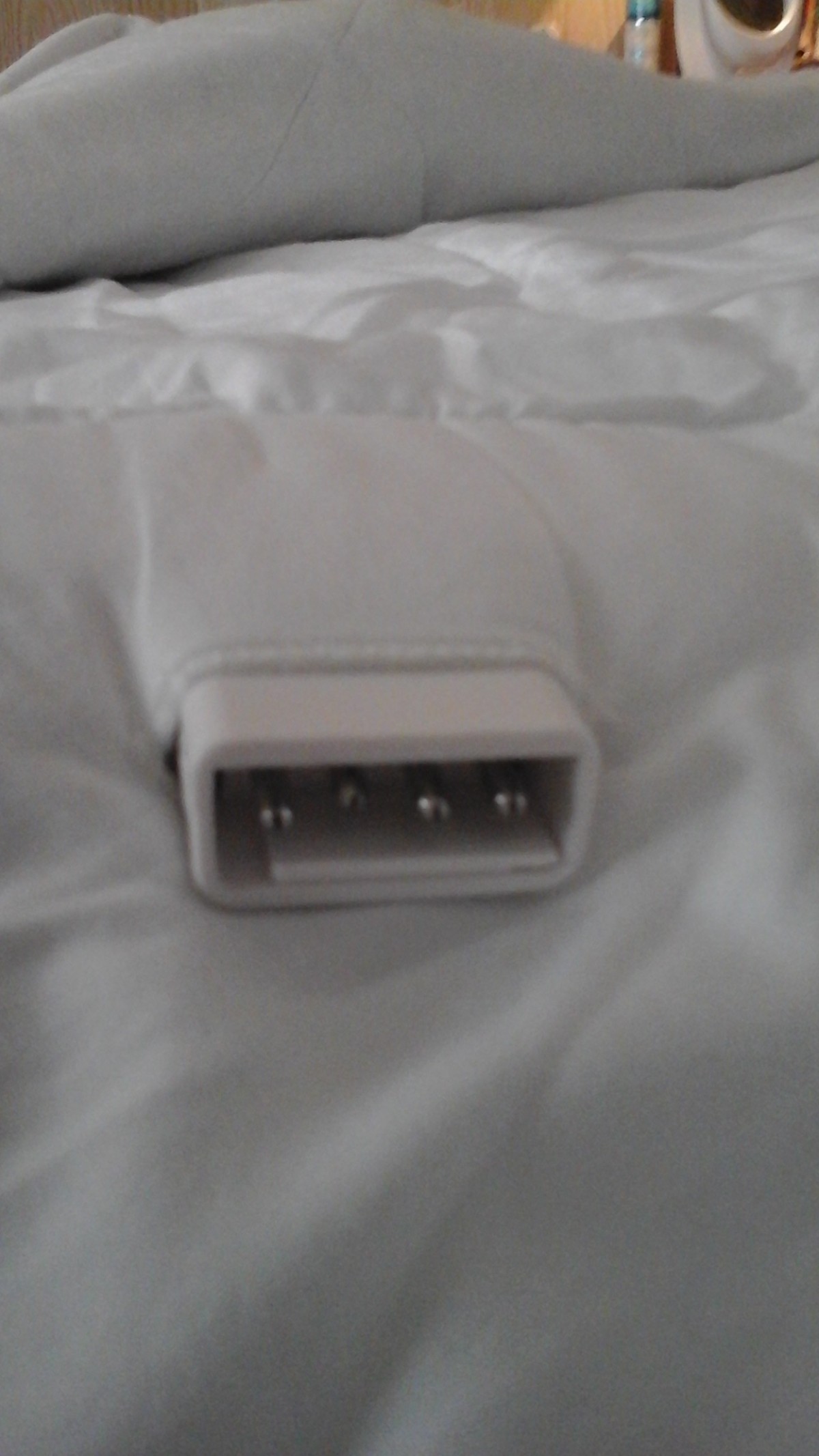


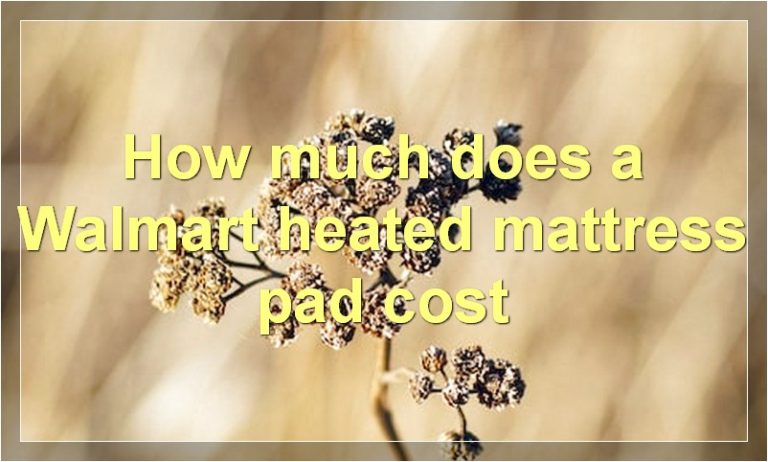
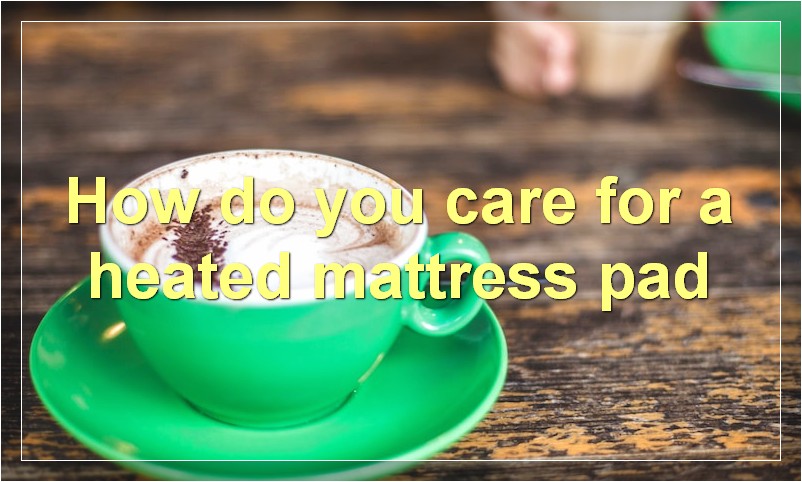
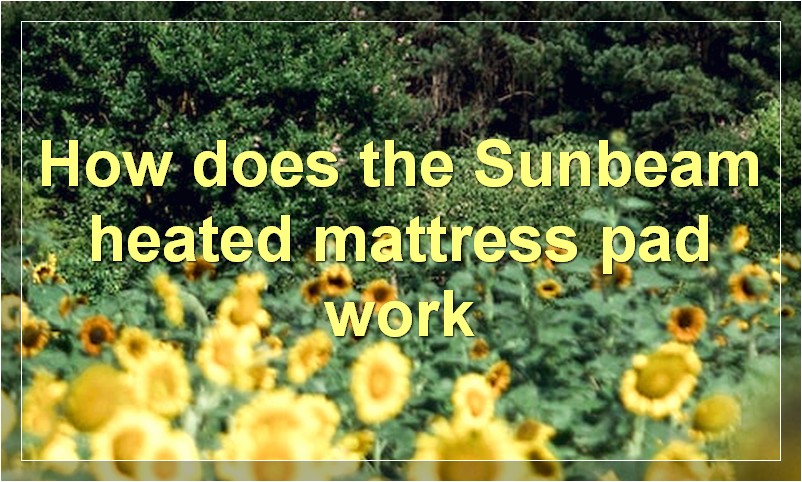






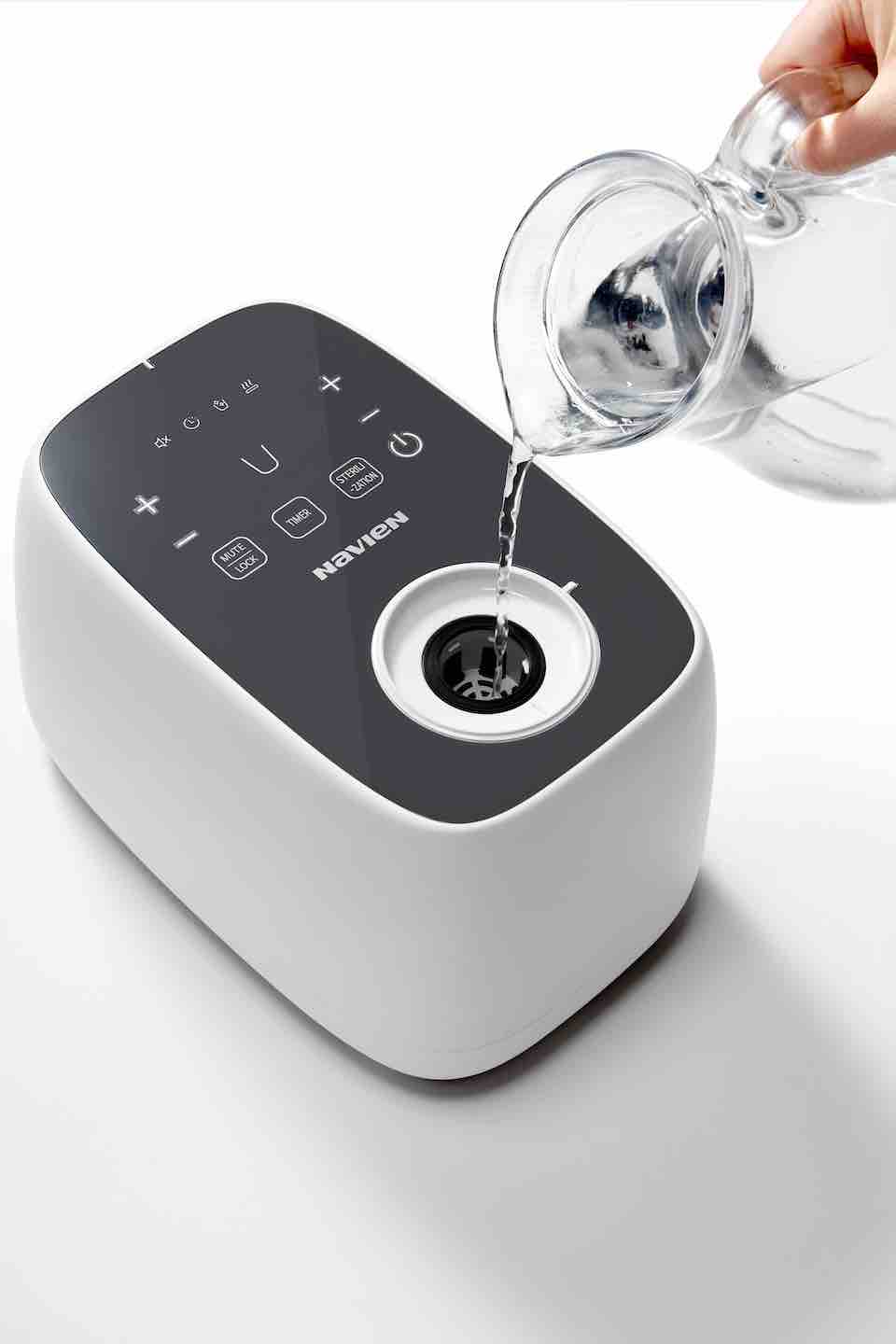
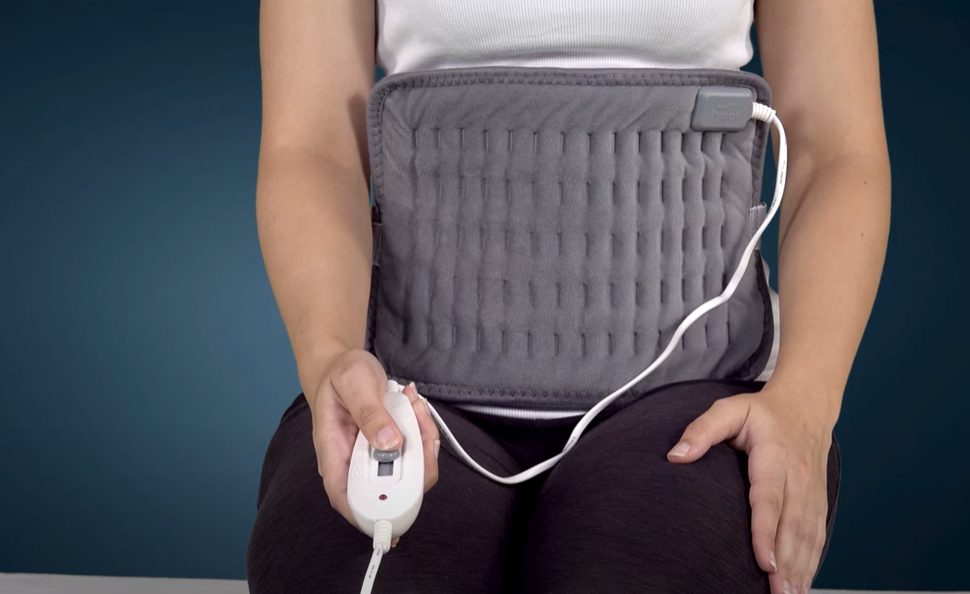

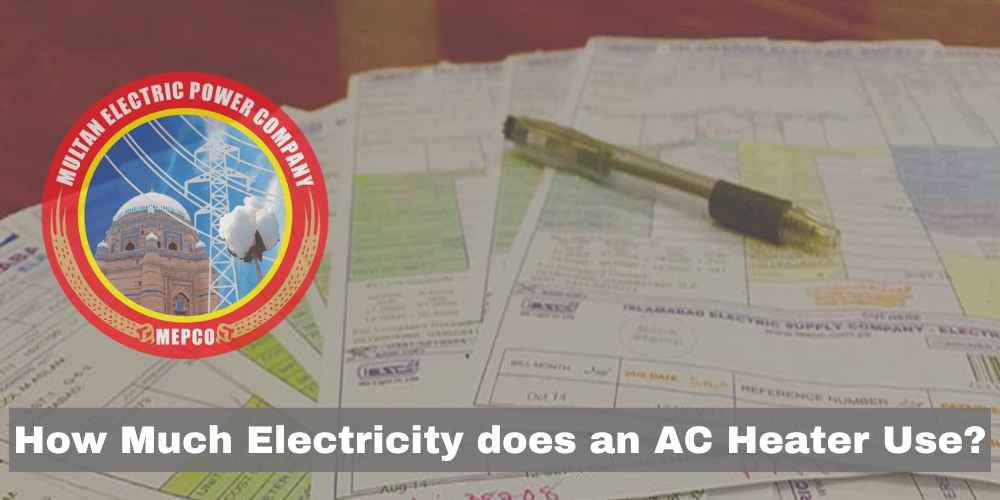
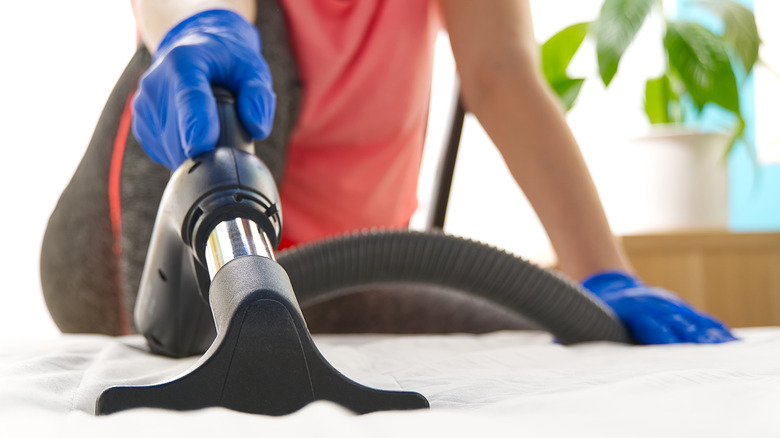
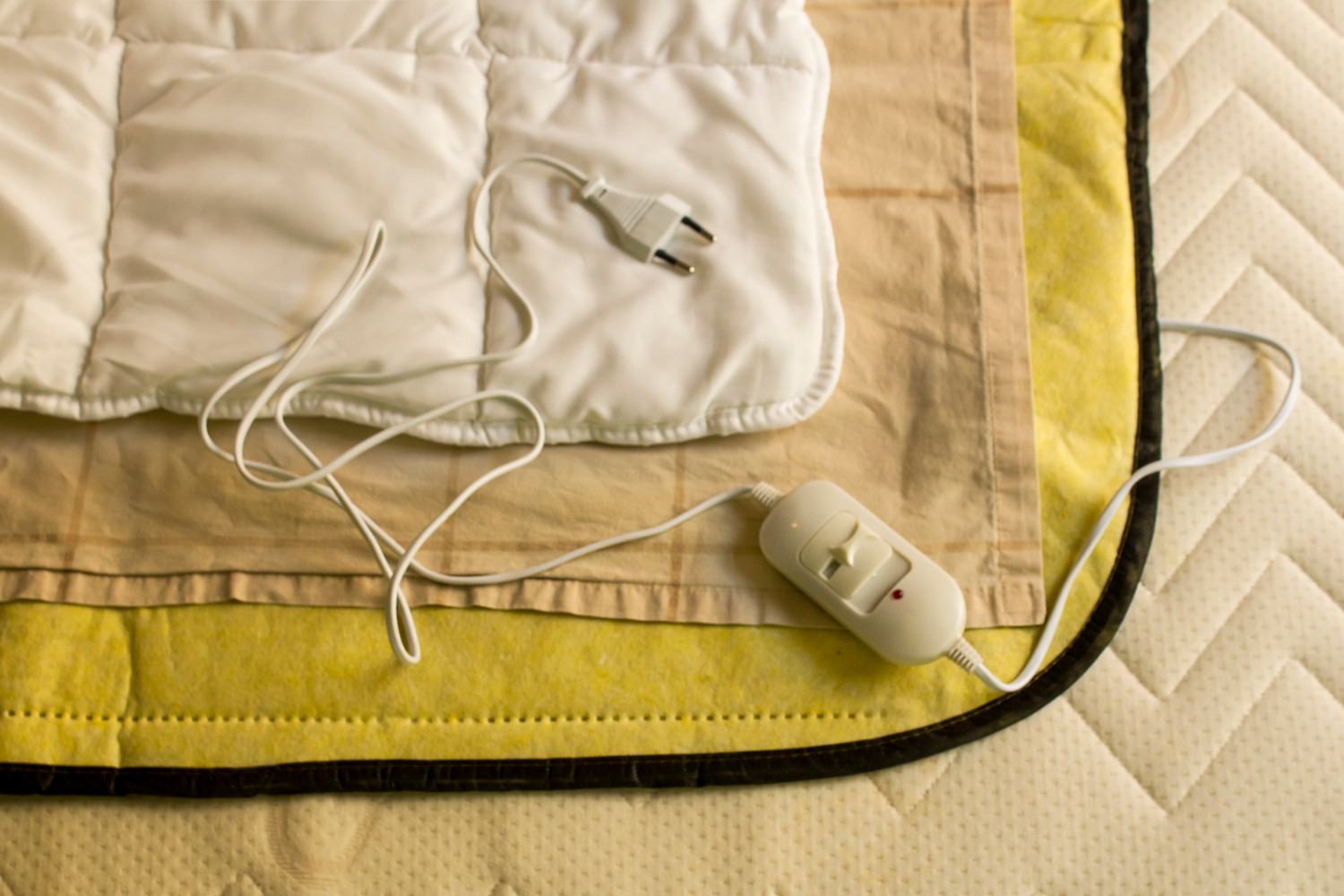
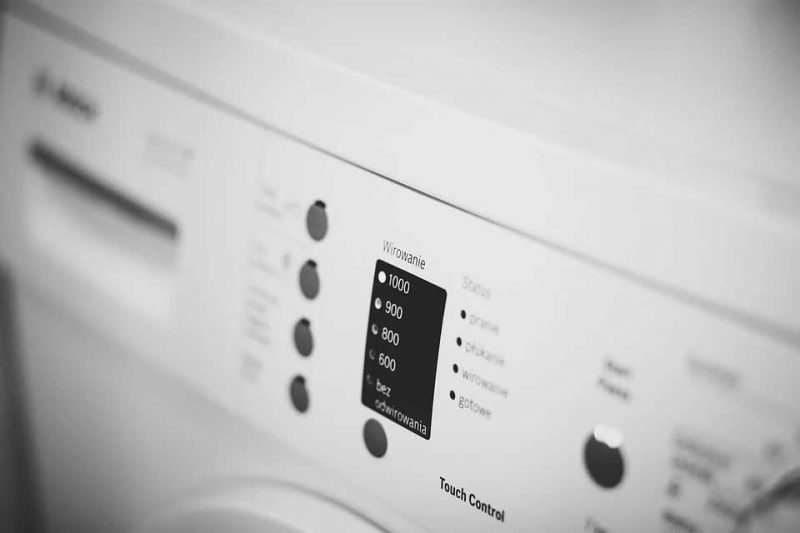
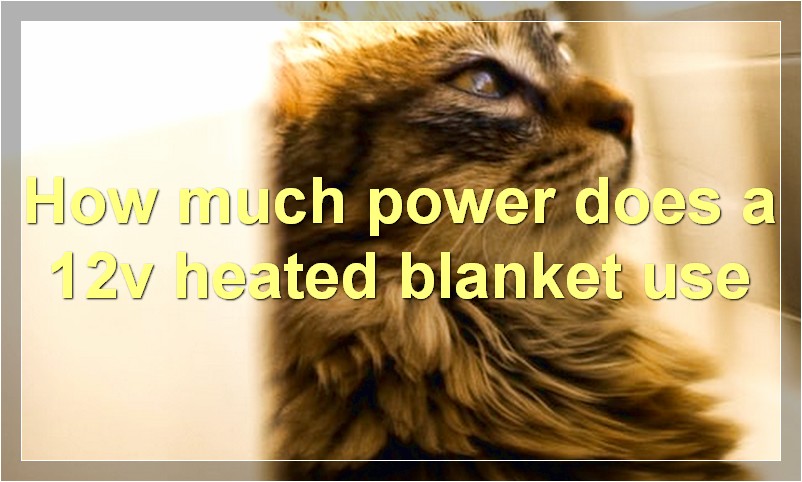

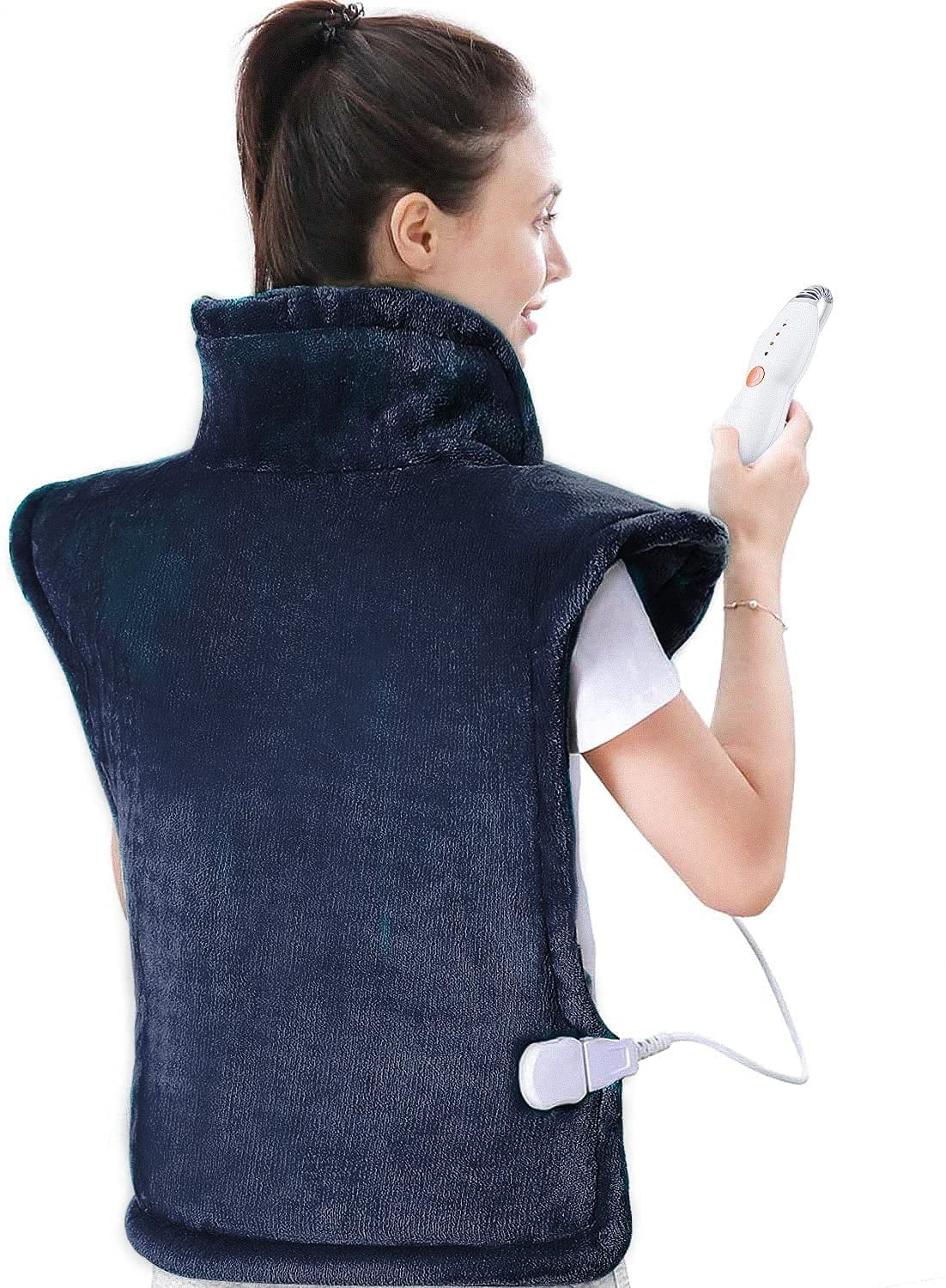

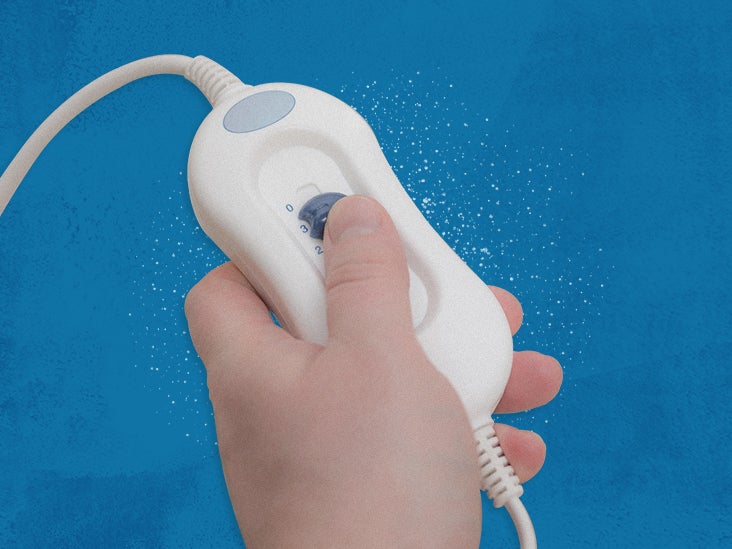



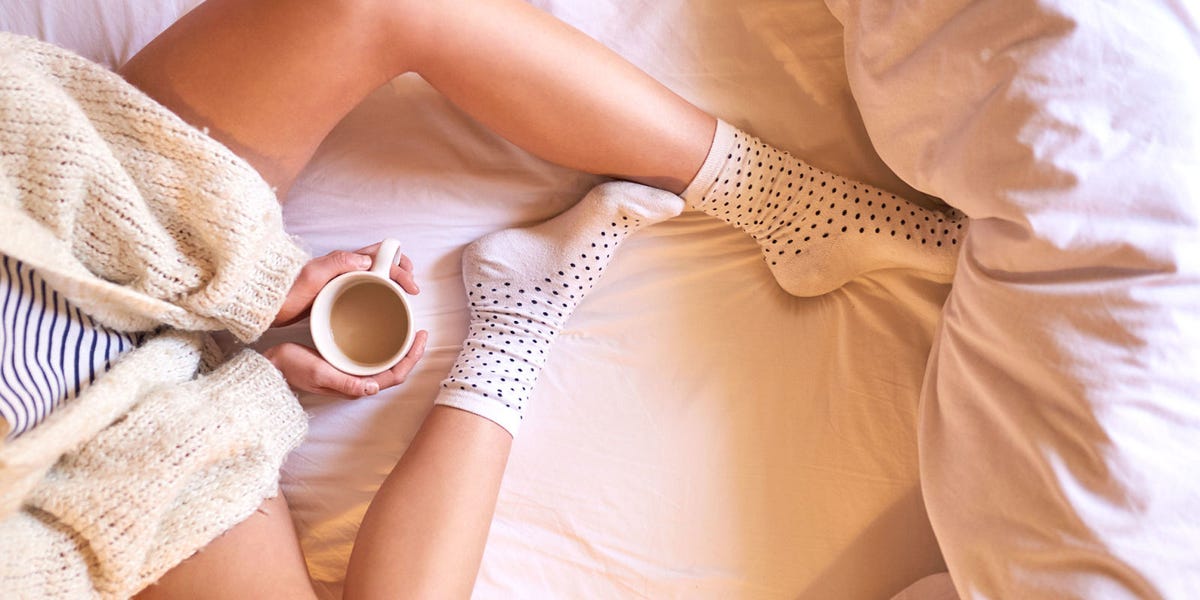
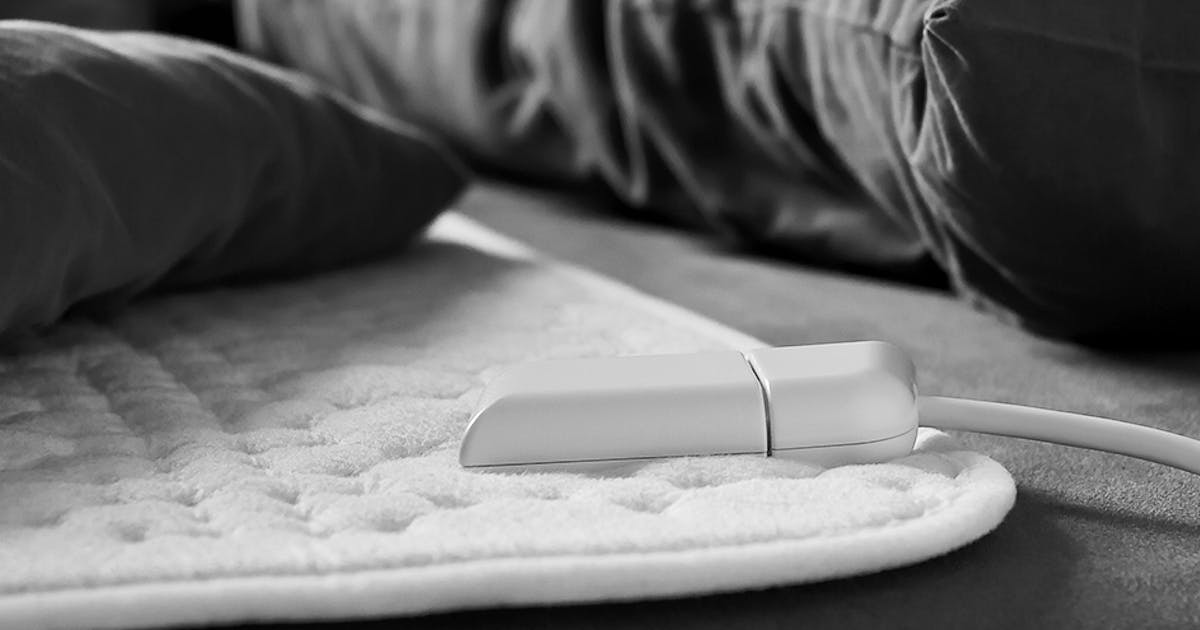

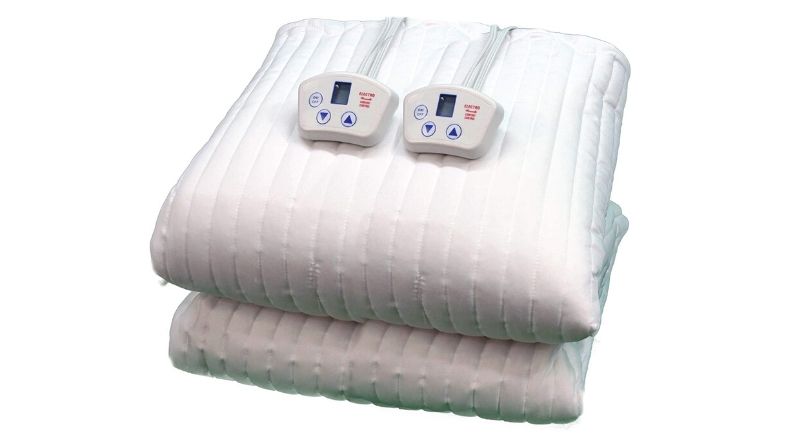


:max_bytes(150000):strip_icc():focal(749x0:751x2)/degrees-comfort-heated-mattress-pad-tout-69073bddf665459ba4fb6f39a8296552.jpg)


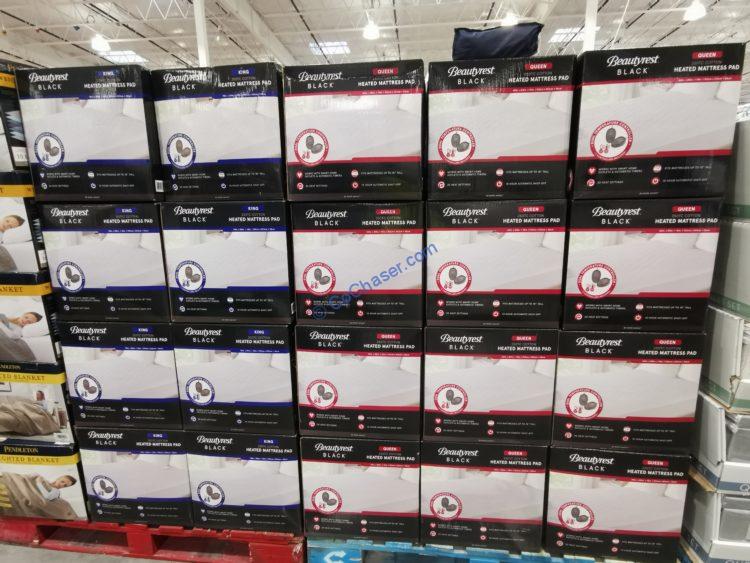
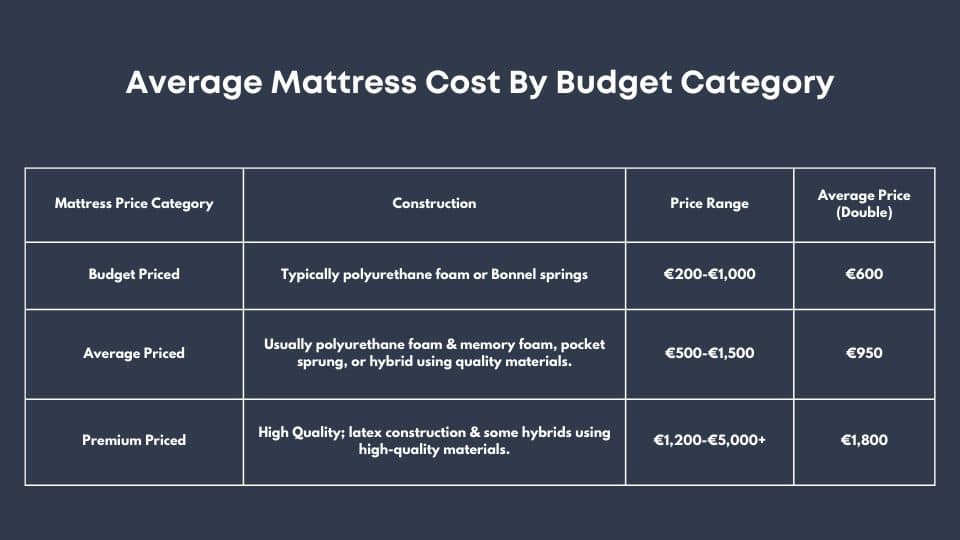





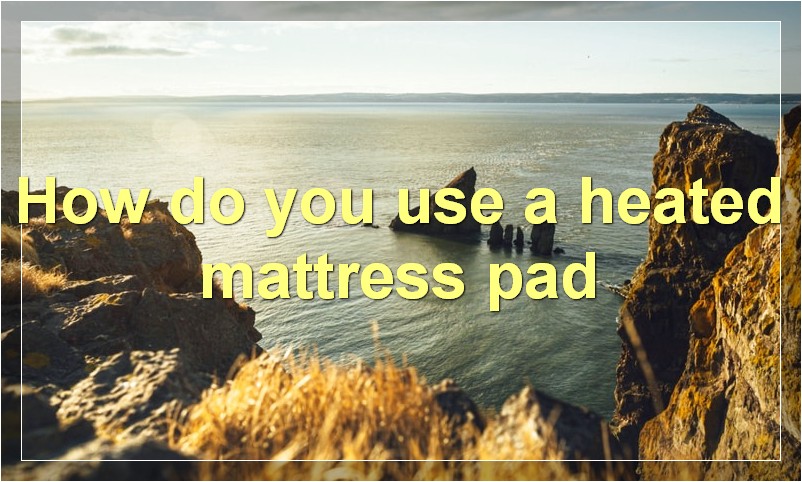

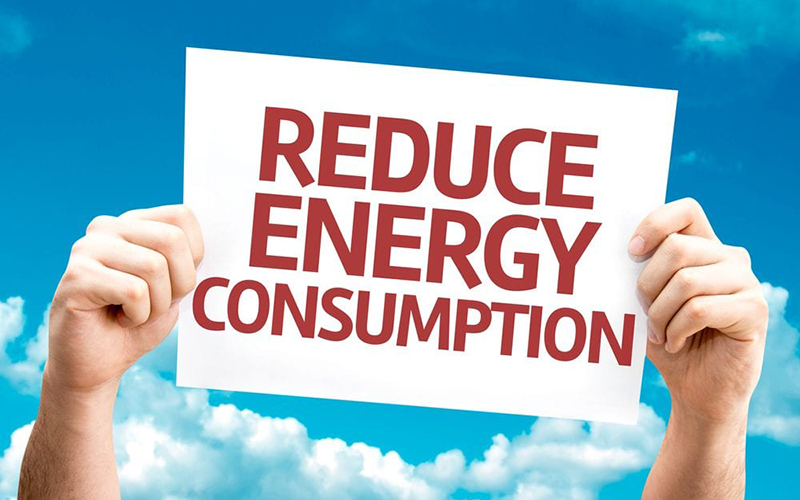


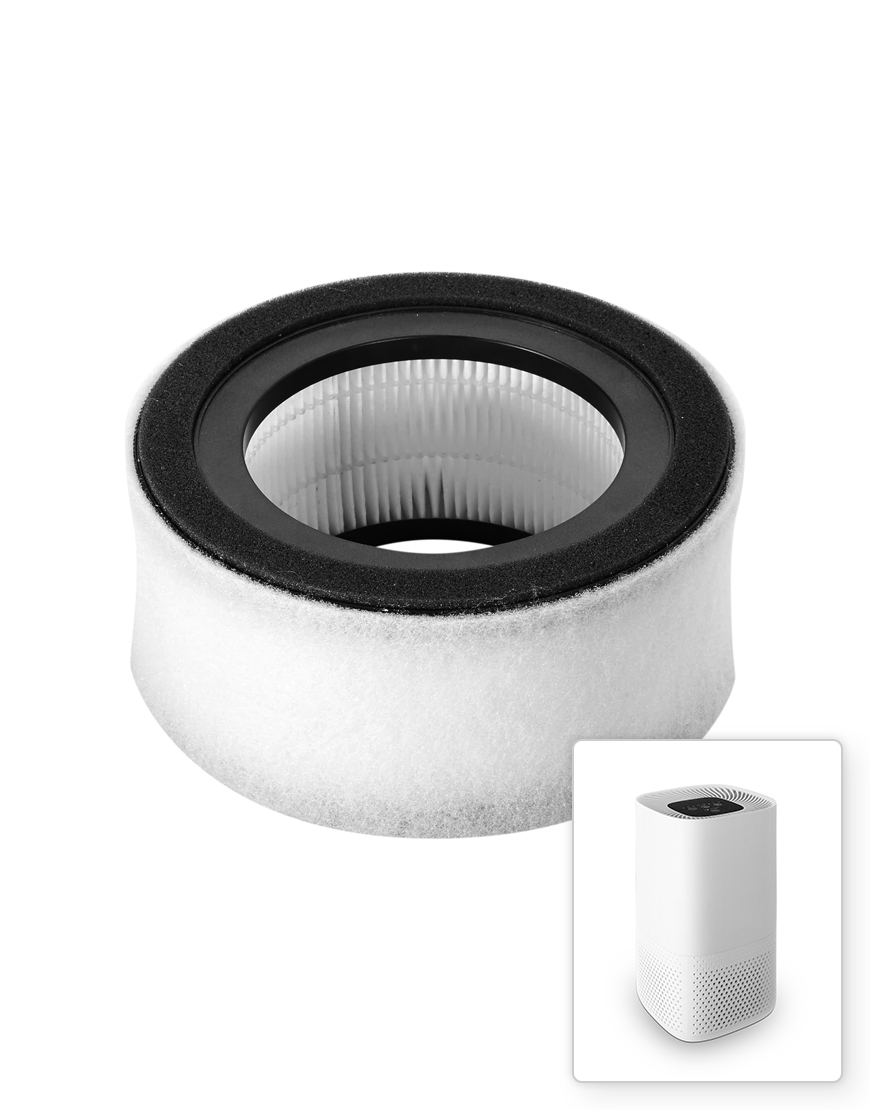



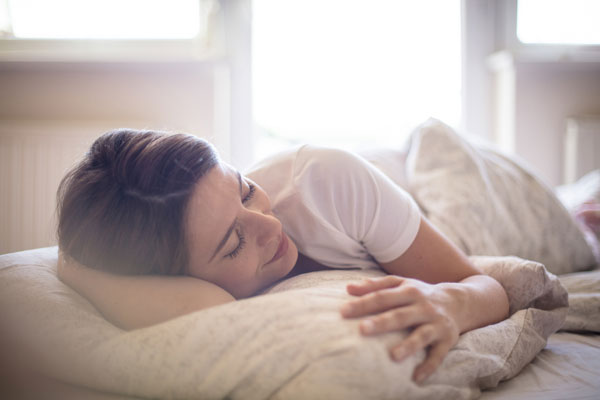


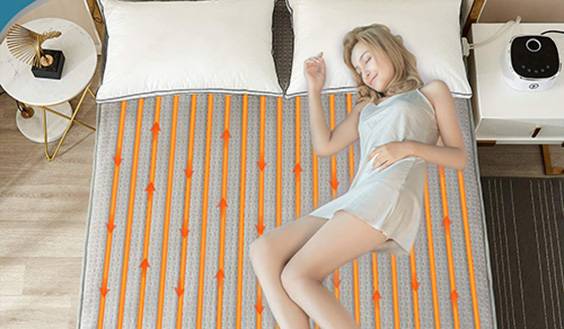




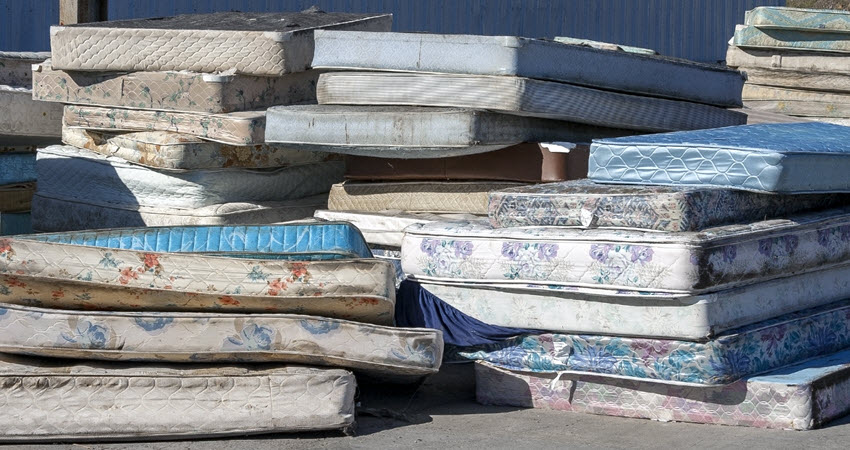

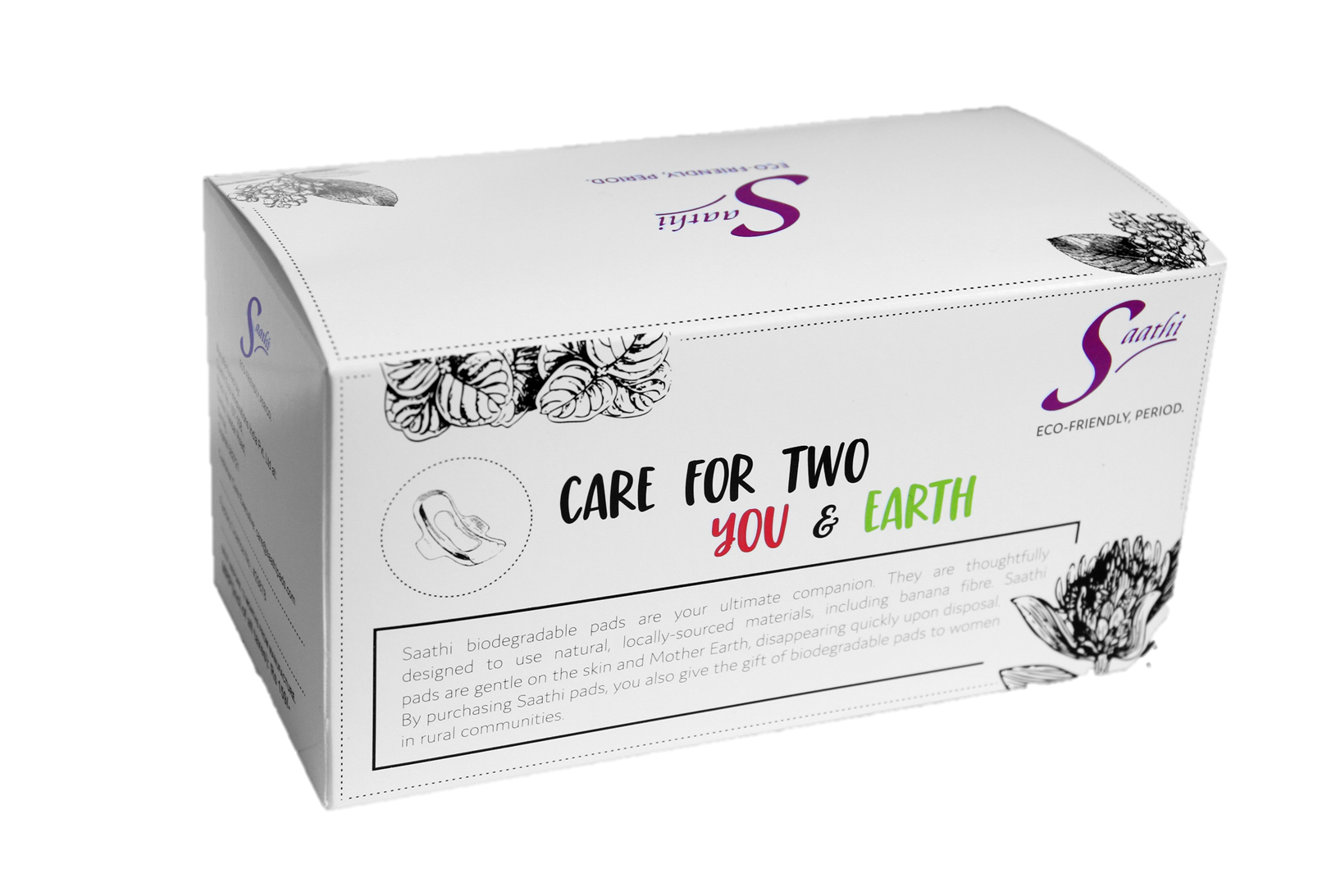
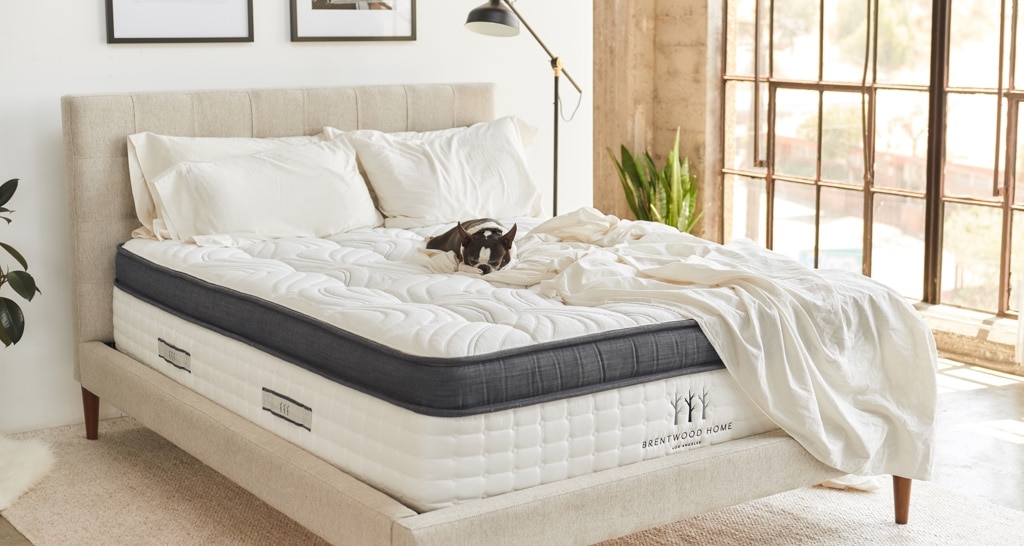


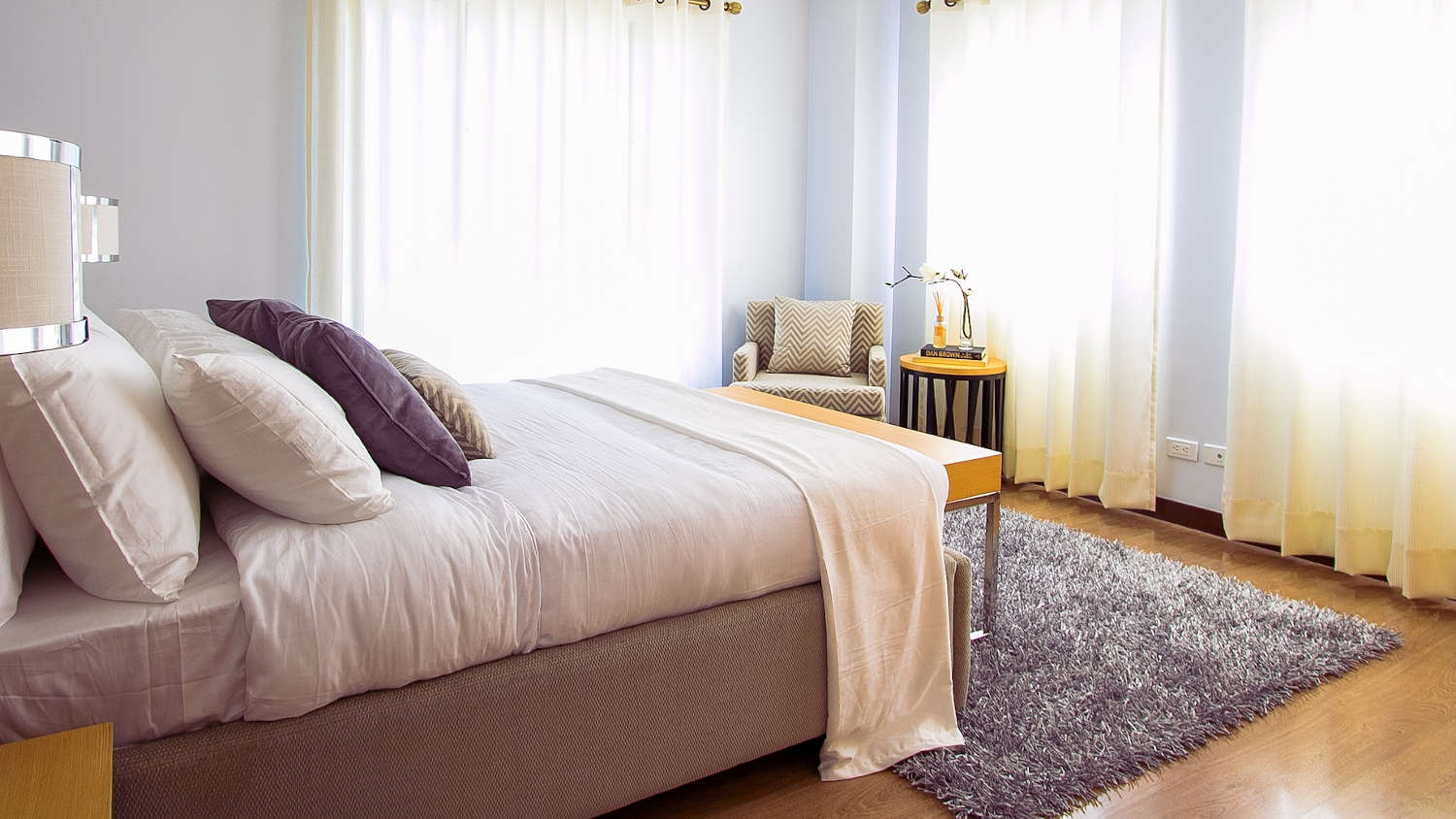



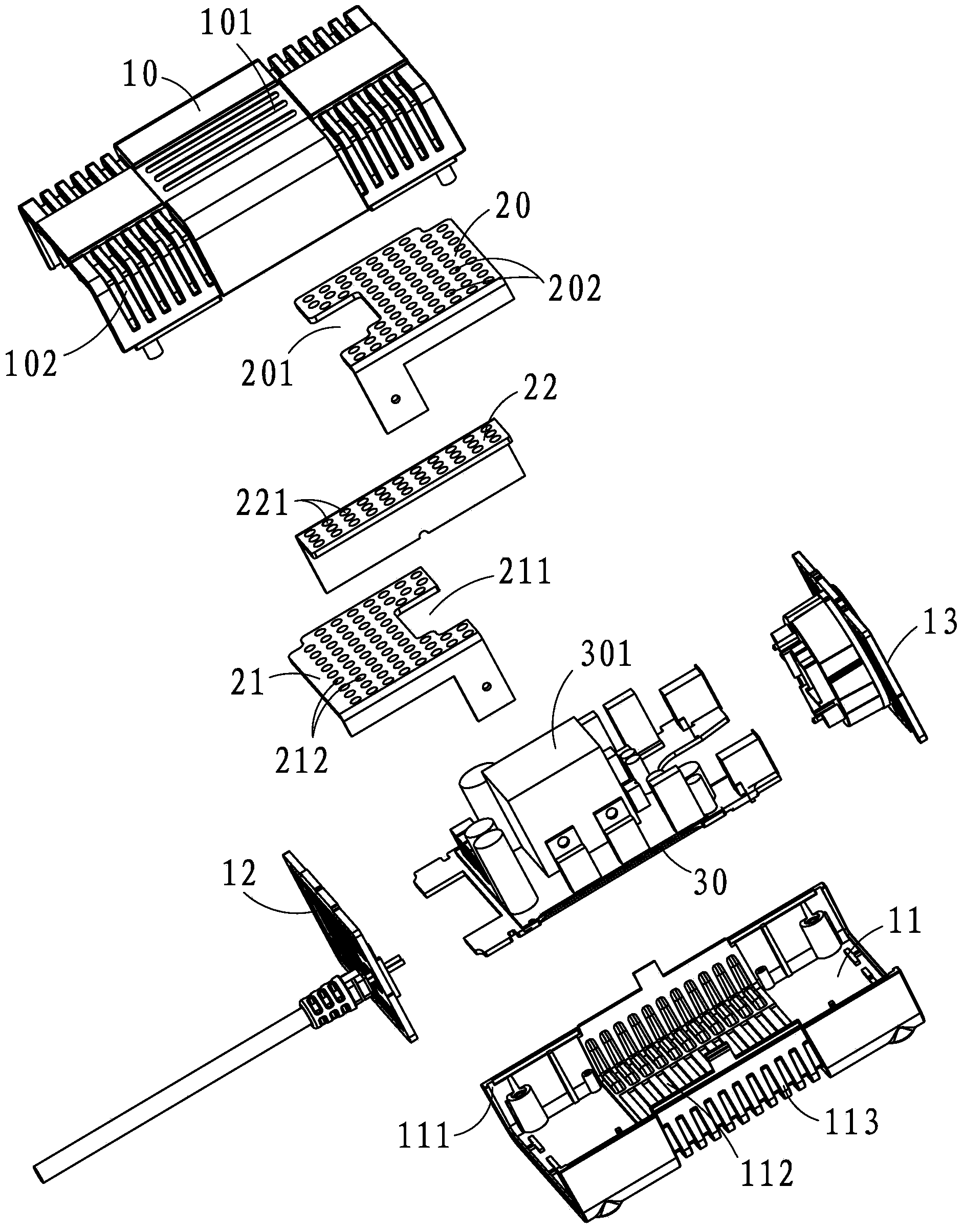
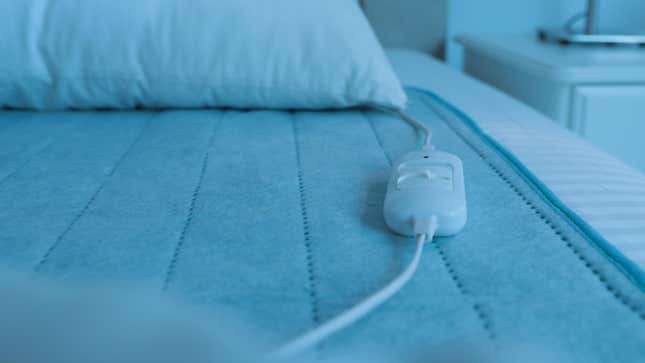

:max_bytes(150000):strip_icc()/717jXQAXkOL._AC_SL1500_-4455af204bc848f488937a645acae8b4.jpg)








